-
 bitcoin
bitcoin $114684.631706 USD
-0.87% -
 ethereum
ethereum $4228.677447 USD
1.58% -
 bnb
bnb $1294.880693 USD
-1.16% -
 tether
tether $1.000819 USD
-0.02% -
 xrp
xrp $2.605138 USD
2.79% -
 solana
solana $209.908690 USD
5.89% -
 usd-coin
usd-coin $0.999903 USD
-0.03% -
 dogecoin
dogecoin $0.213423 USD
2.93% -
 tron
tron $0.322721 USD
-0.10% -
 cardano
cardano $0.727247 USD
3.66% -
 hyperliquid
hyperliquid $42.339456 USD
6.05% -
 chainlink
chainlink $19.910811 USD
5.16% -
 ethena-usde
ethena-usde $1.000557 USD
0.00% -
 stellar
stellar $0.349734 USD
2.69% -
 bitcoin-cash
bitcoin-cash $543.848687 USD
-0.21%
How do I find my crypto deposit address on Bitstamp?
To find your crypto deposit address on Bitstamp, log in, go to "Account" > "Deposit," select your cryptocurrency, and use the unique address provided.
Oct 12, 2025 at 11:04 pm

Finding Your Crypto Deposit Address on Bitstamp
1. Log in to your Bitstamp account using your registered email and password. Ensure that two-factor authentication is active for added security during the login process.
2. Navigate to the 'Account' section located at the top right corner of the dashboard. Click on it to reveal a dropdown menu with various options related to your holdings and transactions.
3. Select 'Deposit' from the dropdown list. This will redirect you to a new page where you can choose which cryptocurrency you'd like to deposit into your Bitstamp wallet.
4. Choose the specific cryptocurrency you wish to deposit, such as Bitcoin (BTC), Ethereum (ETH), or Litecoin (LTC). Each digital asset has its own unique deposit address format and network requirements.
5. After selecting the cryptocurrency, Bitstamp will generate a unique deposit address tied to your account. This address is typically a long string of alphanumeric characters or a QR code that represents your personal receiving point on the blockchain network.
Understanding Deposit Address Security Features
1. Every deposit address generated by Bitstamp is uniquely assigned to your account and should never be shared publicly. Sharing it could expose your funds to unauthorized access if combined with other vulnerabilities.
2. Bitstamp uses segregated wallets and cold storage systems to protect user assets, ensuring that even though addresses are visible within the platform, actual funds remain secure offline.
3. The platform automatically verifies incoming transactions against known malicious sources. If an address previously linked to illicit activity attempts to send funds, additional verification steps may be triggered.
4. Users are advised not to reuse deposit addresses repeatedly. While Bitstamp allows multiple deposits to the same address, generating a new one enhances privacy and reduces traceability across transactions.
5. Always double-check the network compatibility before sending funds. For instance, depositing ERC-20 tokens to a standard Ethereum address works, but sending them via the Binance Smart Chain would result in permanent loss of assets.
Common Mistakes When Using Bitstamp Deposit Addresses
1. Copying only part of the address due to interface overflow can lead to irreversible fund loss. Always verify the full length and accuracy of the copied string before initiating any transfer.
2. Sending funds from exchanges that enforce strict withdrawal policies might require whitelisting. If your destination address isn’t pre-approved on the sending platform, the transaction may fail or get canceled.
3. Mistakenly choosing the wrong cryptocurrency network—such as selecting a Bitcoin address when intending to deposit Bitcoin Cash—will almost certainly result in lost funds, as these networks are incompatible despite similar naming conventions.
4. Relying solely on QR codes without verifying the underlying address increases risk, especially if the display is compromised or altered through malware. Cross-check the first and last few characters manually whenever possible.
5. Ignoring network congestion warnings can delay confirmations significantly. High traffic on networks like Ethereum means higher gas fees and longer processing times, potentially affecting trading strategies dependent on timely deposits.
Verifying Successful Deposits
1. Once a transaction is broadcasted, monitor the blockchain explorer provided by Bitstamp next to your deposit address. It shows real-time confirmation status based on the respective network's consensus mechanism.
2. Most cryptocurrencies require a minimum number of confirmations before Bitstamp credits the amount to your balance. Bitcoin usually requires three, while Ethereum-based tokens may appear after twelve block confirmations.
3. Check your Bitstamp wallet balance regularly after initiating the deposit. A successful transaction will reflect in your available balance once all required confirmations are met.
4. If the deposit doesn't appear within expected timeframes, review the transaction ID (TXID) on the blockchain. Confirm that the correct address and amount were used, and ensure no network delays are impacting settlement.
5. Contact Bitstamp support only if the TXID confirms success on-chain but the funds haven’t appeared in your account after 24 hours. Provide the full transaction details for faster resolution.
Frequently Asked Questions
Can I use the same deposit address for multiple transactions?Yes, Bitstamp allows repeated use of the same deposit address for the same cryptocurrency. However, generating a new address for each transaction improves financial privacy and aligns with best practices in crypto hygiene.
What happens if I send crypto to the wrong address on Bitstamp?If you accidentally send funds to an incorrect external address, recovery is generally impossible due to the irreversible nature of blockchain transactions. Always validate recipient information before confirming any transfer.
Does Bitstamp provide testnet addresses for developers?No, Bitstamp operates exclusively on mainnet networks and does not offer testnet environments. Developers looking to integrate with Bitstamp’s API should use sandbox tools provided in their developer documentation instead.
How long does it take for a deposit to appear in my Bitstamp account?Processing time depends on the selected cryptocurrency’s network speed and current congestion levels. Small transactions may appear within minutes, while larger ones or those on busy networks could take several hours to receive sufficient confirmations.
Disclaimer:info@kdj.com
The information provided is not trading advice. kdj.com does not assume any responsibility for any investments made based on the information provided in this article. Cryptocurrencies are highly volatile and it is highly recommended that you invest with caution after thorough research!
If you believe that the content used on this website infringes your copyright, please contact us immediately (info@kdj.com) and we will delete it promptly.
- XRP Price Prediction: Weekend Rollercoaster or Rally?
- 2025-10-12 08:45:16
- Bittensor (TAO): Super Bullish Signals Point to Potential 2x Rally
- 2025-10-11 10:25:12
- Silver Price Correction: Navigating the Dip & Identifying Key SEO Keywords
- 2025-10-11 10:25:12
- Decoding Crypto Trends: Bittensor's Bull Run, Cardano's Dip, and LivLive's Presale Buzz in 'Uptober 2025'
- 2025-10-12 08:45:16
- MoonBull: The Crypto Meme Coin Promising 1000x Gains?
- 2025-10-11 10:30:01
- Crypto Payroll Revolution: Stablecoins, Altcoins, and the Future of Salary Payments
- 2025-10-11 10:30:01
Related knowledge
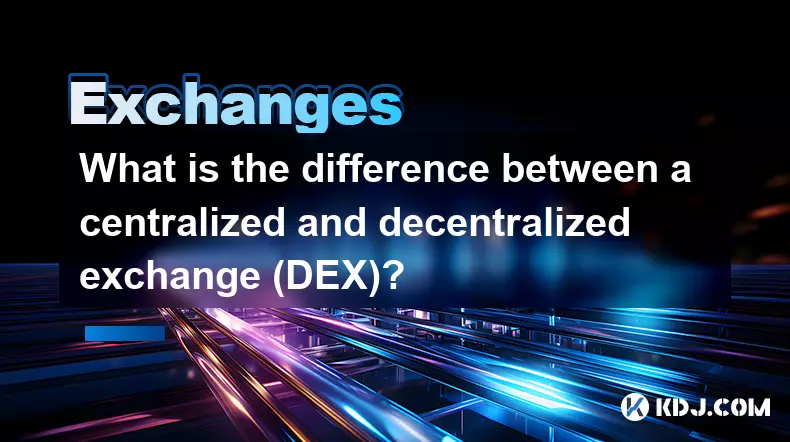
What is the difference between a centralized and decentralized exchange (DEX)?
Oct 14,2025 at 09:37am
Understanding Centralized Exchanges1. Centralized exchanges, commonly referred to as CEXs, operate under a traditional financial model where a central...
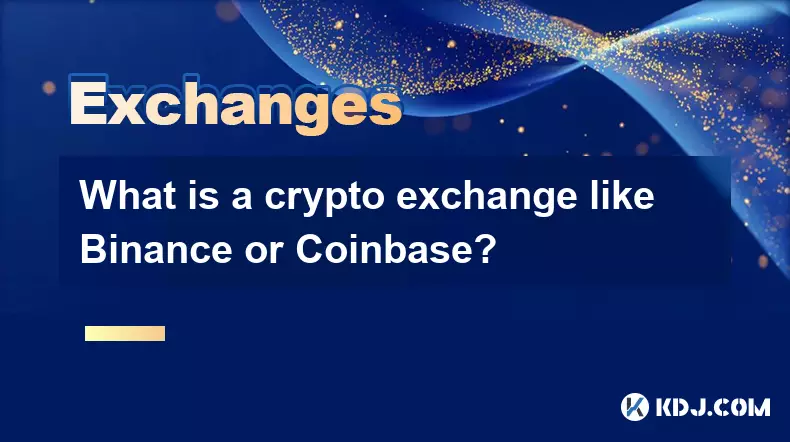
What is a crypto exchange like Binance or Coinbase?
Oct 13,2025 at 09:01pm
Bitcoin's Role in Decentralized Finance1. Bitcoin remains the cornerstone of decentralized finance, serving as a primary store of value within the cry...
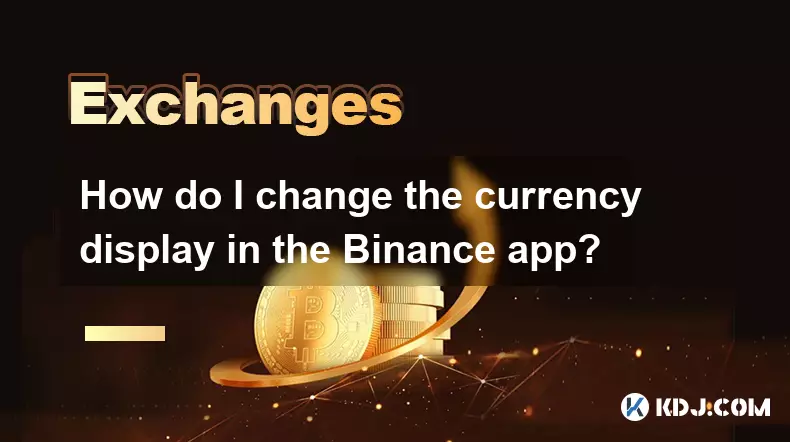
How do I change the currency display in the Binance app?
Oct 10,2025 at 11:36am
Changing Currency Display in the Binance App1. Open the Binance app on your mobile device and log into your account. Navigate to the home screen where...
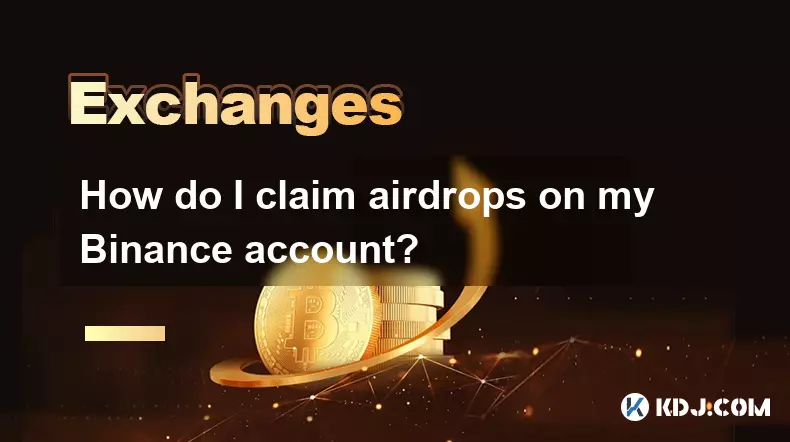
How do I claim airdrops on my Binance account?
Oct 14,2025 at 12:00am
Understanding Airdrop Mechanics on Binance1. Airdrops on Binance are promotional distributions of free tokens or coins conducted by blockchain project...

How to clear the cache for the Binance app?
Oct 12,2025 at 02:55pm
Understanding Decentralized Exchanges in the Crypto Ecosystem1. Decentralized exchanges (DEXs) operate without a central authority, allowing users to ...
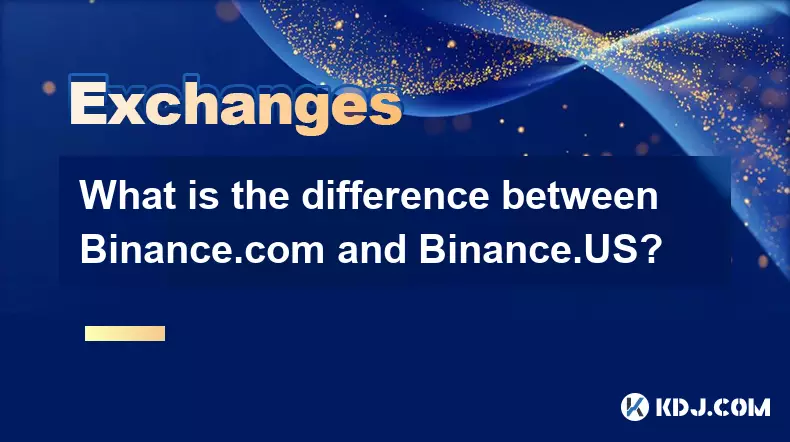
What is the difference between Binance.com and Binance.US?
Oct 14,2025 at 06:18am
Binance.com vs Binance.US: Regulatory Frameworks and Jurisdiction1. Binance.com operates as a global cryptocurrency exchange, serving users in numerou...

What is the difference between a centralized and decentralized exchange (DEX)?
Oct 14,2025 at 09:37am
Understanding Centralized Exchanges1. Centralized exchanges, commonly referred to as CEXs, operate under a traditional financial model where a central...

What is a crypto exchange like Binance or Coinbase?
Oct 13,2025 at 09:01pm
Bitcoin's Role in Decentralized Finance1. Bitcoin remains the cornerstone of decentralized finance, serving as a primary store of value within the cry...

How do I change the currency display in the Binance app?
Oct 10,2025 at 11:36am
Changing Currency Display in the Binance App1. Open the Binance app on your mobile device and log into your account. Navigate to the home screen where...

How do I claim airdrops on my Binance account?
Oct 14,2025 at 12:00am
Understanding Airdrop Mechanics on Binance1. Airdrops on Binance are promotional distributions of free tokens or coins conducted by blockchain project...

How to clear the cache for the Binance app?
Oct 12,2025 at 02:55pm
Understanding Decentralized Exchanges in the Crypto Ecosystem1. Decentralized exchanges (DEXs) operate without a central authority, allowing users to ...

What is the difference between Binance.com and Binance.US?
Oct 14,2025 at 06:18am
Binance.com vs Binance.US: Regulatory Frameworks and Jurisdiction1. Binance.com operates as a global cryptocurrency exchange, serving users in numerou...
See all articles























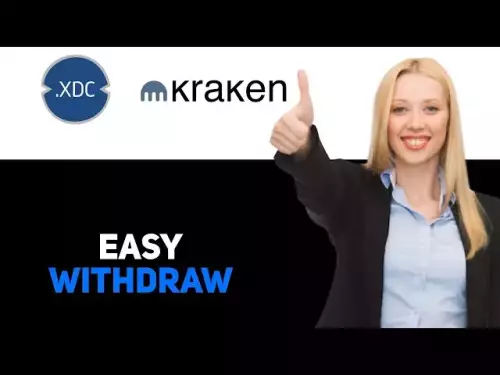
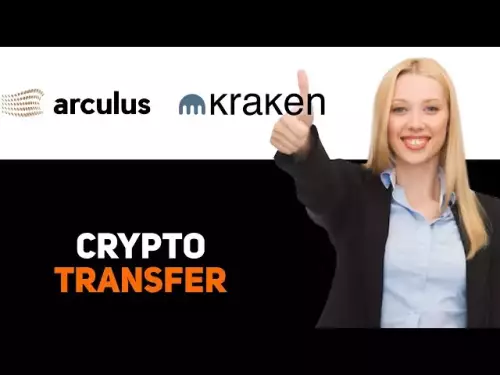
![[4K 60fps] Prisma by novichokk (1 Coin) [4K 60fps] Prisma by novichokk (1 Coin)](/uploads/2025/10/14/cryptocurrencies-news/videos/k-fps-prisma-novichokk-coin/68ee49804ba00_image_500_375.webp)
















































